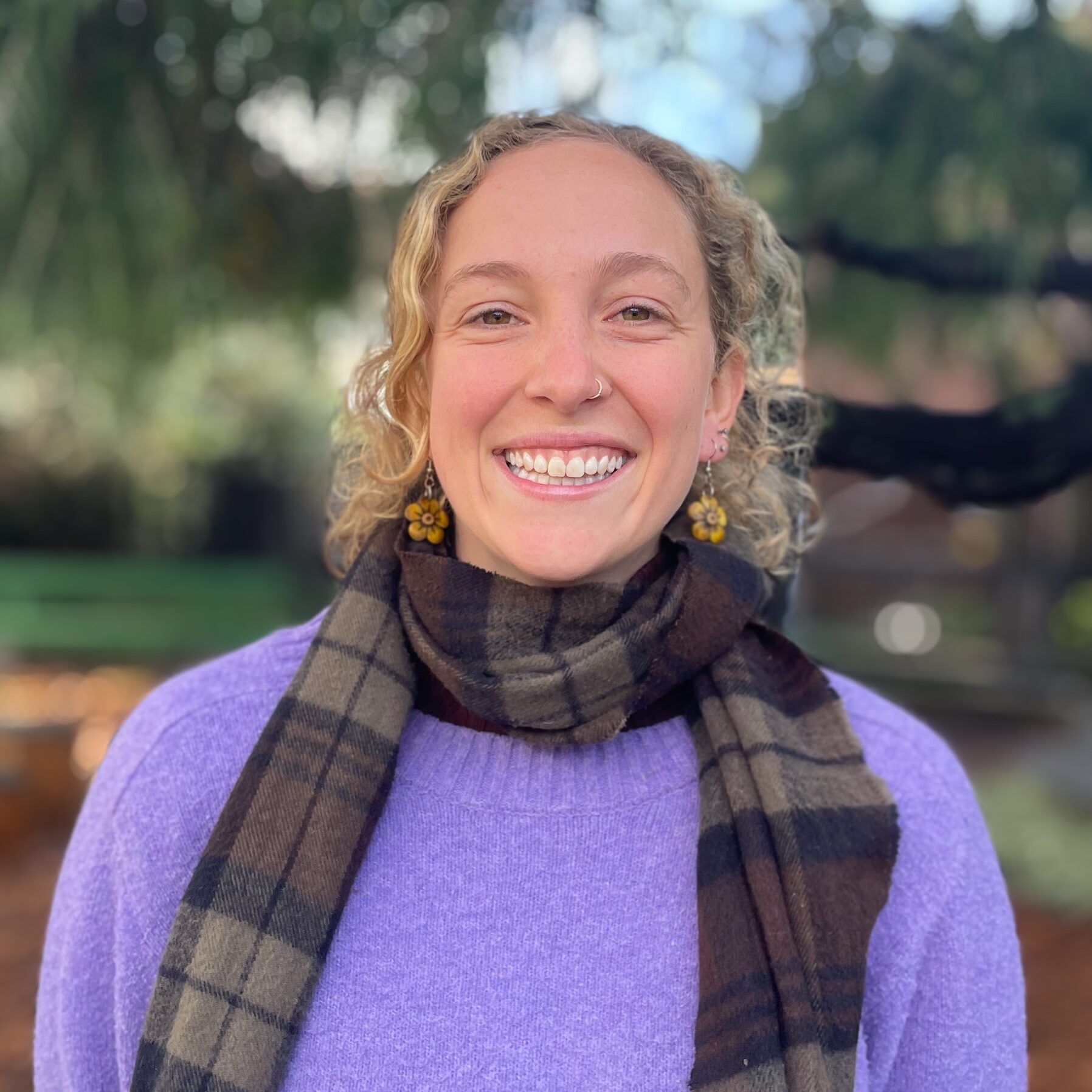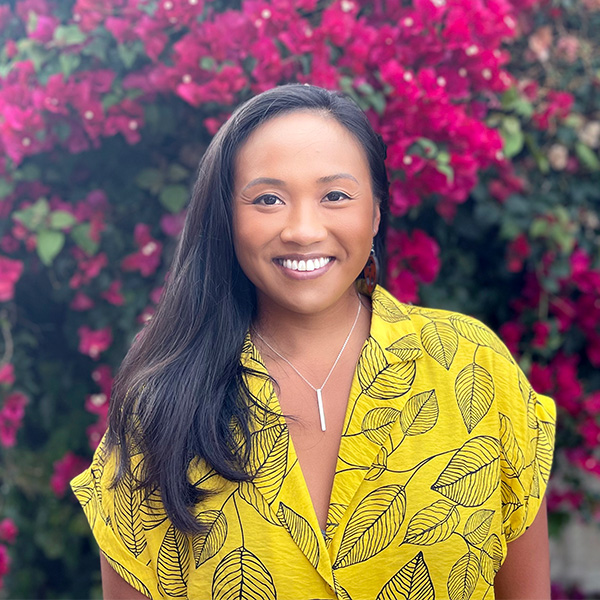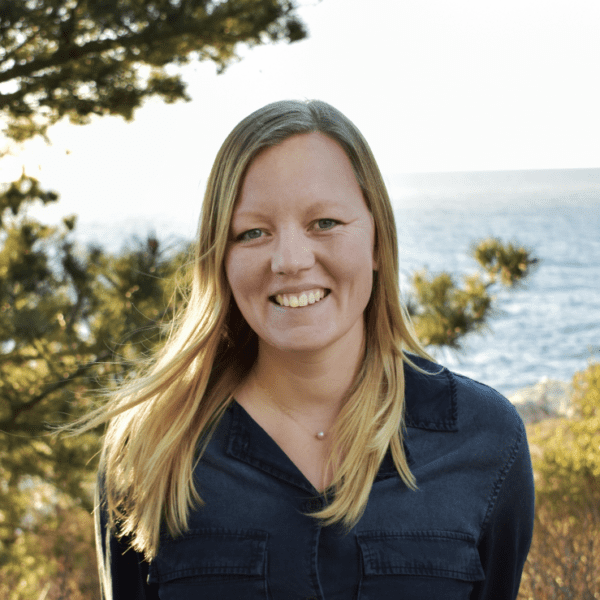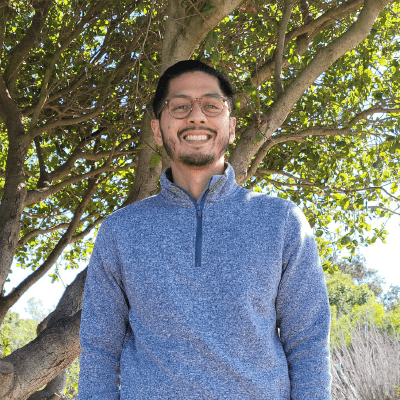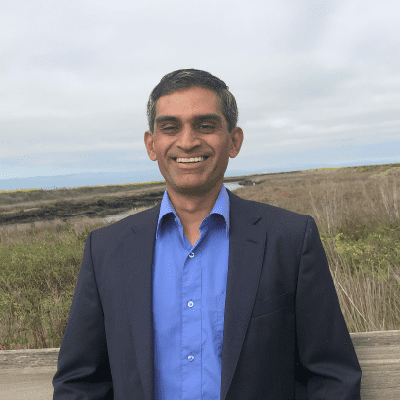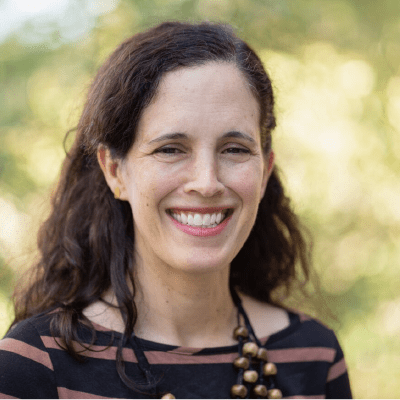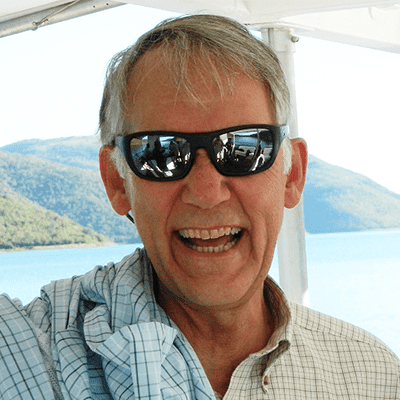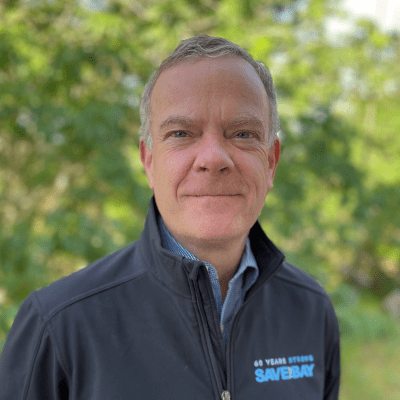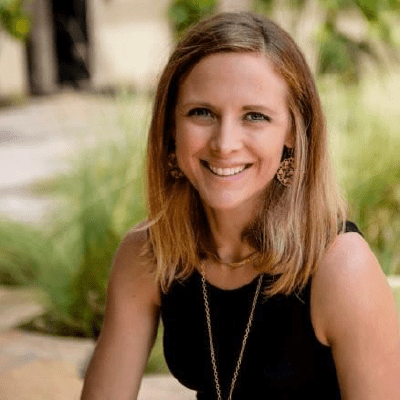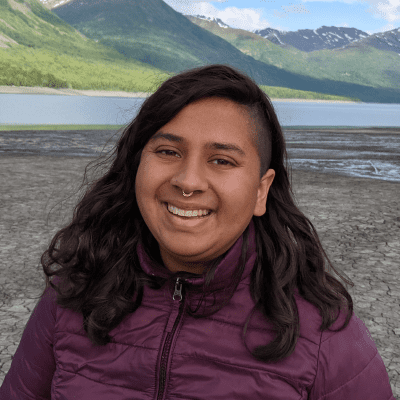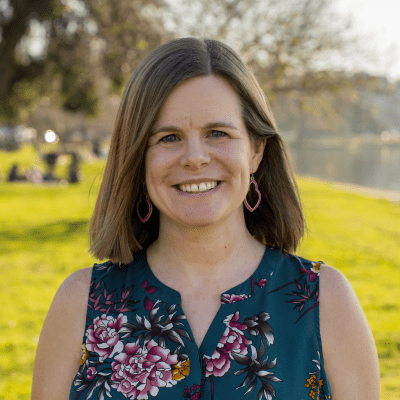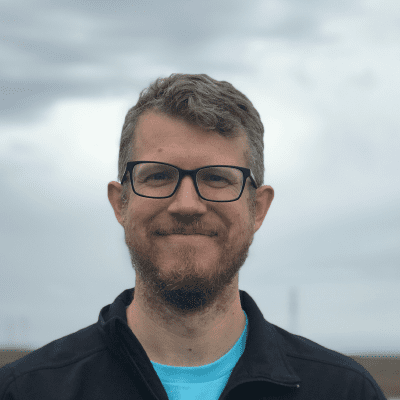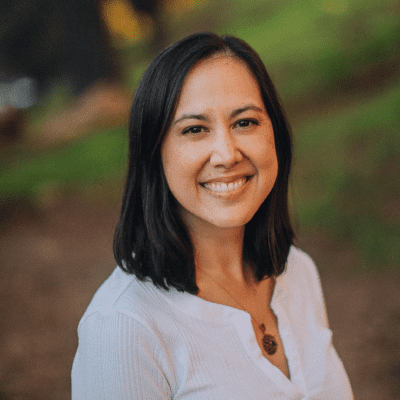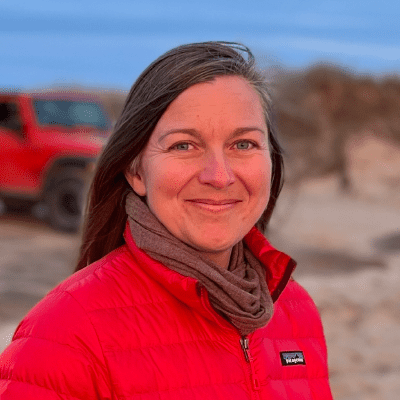 The 2017 State of the San Francisco Estuary Conference, held recently in Oakland, gave scientists, land managers, policy makers, community leaders, as well as writers and artists from across the Bay-Delta region an opportunity to connect with one another, and to build connections between their various fields. Throughout the conference, attendees were welcomed to “get out of their silos,” and explore the interrelatedness of their fields. The conference also provided a venue to look back at the past 20 years of tidal marsh restoration; to celebrate successes, evaluate where we fell short, and anticipate future challenges and opportunities for restoring San Francisco Bay. Looking Back, Looking Forward This years State of the Estuary coincided with a number of milestones for many tidal marsh restoration projects in the Bay Area. Michelle Orr of ESA and Eric Joliffe of USACE presented on their decades long monitoring of the Sonoma Baylands Restoration project, which recently celebrated its 20th anniversary. Initiated in 1996, the Sonoma Baylands constitutes 300 acres of deeply subsided agricultural baylands, and is one of the first tidal marsh restoration projects in the Bay Area to utilize beneficial reuse of dredged material to help bring the baylands up to marsh plane to re-establish pickleweed, the dominant marsh plant in our area. In 2014, the project finally met their success criteria of 65% native plant cover, mostly due to the successful establishment of native pickleweed and cordgrass. The project is already providing value for the endangered species that call San Francisco Bay home. In 2016, scientists detected 19 Ridgeways Rails utilizing the newly formed marshes of Sonoma Baylands, showing that this endangered species has the capacity to recover so long as we are able to restore their habitat. Another project that has reached an important milestone is the South Bay Salt Pond Restoration Project. The largest tidal restoration project on the West Coast, this ambitious project aims to restore over 15,000 acres of former industrial salt ponds in the South Bay back to historic tidal wetlands. The project recently celebrated the end of Phase 1 of the project, which aimed to restore 10% of the project area to tidal wetlands while experimenting with novel restoration and management practices. Since the first levees were breached in 2006, scientists have found that a number of wildlife species, such as Salt Marsh Harvest Mice, Ridgeways Rails, and Harbor Seals have greatly benefited from the increased availability of marsh habitat. In addition, the number of migratory waterbirds visiting these areas has doubled between 2002 and 2014! They are also finding that these salt ponds are returning to tidal marshes at a faster than anticipated rate, even though the amount of suspended sediment in the South Bay has declined in recent years. This sediment is vitally important to marsh growth, as the build up of mud over time allows marsh plants to establish in newly restored areas. These lessons learned will be invaluable as the project advances to Phase 2, where work to restore tidal marsh will accelerate to cover 50% of the project area. Challenges Ahead While celebrating the successes of the past, many speakers also brought up the challenges that our tidal wetlands will face in the future. Accelerating sea level rise, decreased sediment entering into the bay, and changing levels of salinity will all impact the health of the bay and jeopardize our capacity to successfully restore 100,000 acres of tidal marshes as necessitated in the Baylands Ecosystem Habitat Goals. The Delta and our local creeks have historically supplied the Bay with much needed sediment to replenish our marshes with changing sea levels. This supply of sediment has dwindled in the past century as water policy shifted towards the large scale damming of upstream rivers, trapping sediment upstream and starving the Bay of much needed mud and clay. Scientists estimate that without changes in how we manage this valuable but often overlooked resource, our baylands just won’t be able to keep up with sea level rise. Although our marshes have been resilient to sea level rise historically, the rate of sea level rise is expected to accelerate in the coming decades: by 2100, scientists predict that the worlds oceans will rise by 3.5 feet! Almost all of our highways, ports, and airports will need to be upgraded to adapt to this drastic rise in sea level. Sea level rise in particular has the potential to disproportionately impact low-income communities of color. Many Bay Area communities, from West Oakland and Richmond, to East Palo Alto, are situated close to the shoreline and are most at risk to displacement and gentrification due to sea level rise. Doria Robinson of Urban Tilth spoke for the need to involve these fenceline communities in every step of the wetland restoration process: from leading the design process, to employing members of the community to implement these projects. Equity for communities of color needs to be the foundation of all of our work. Working Together A major theme of this years conference was partnerships. Without the expertise and collaboration of multiple partners, the projects that we need to complete in order to protect our wetlands could never get off the ground. One such project is the Oro Loma Sanitary District Experimental Horizontal Levee, an innovative, multi-partner project that aims to protect our bayside infrastructure from the threat of rising seas. Unlike a conventional, steeply sloped levee, a horizontal levee is built with a gentle slope and planted with native vegetation, giving marshes space to migrate upward and escape the rising seas. These levees are designed to protect coastal communities and bayside infrastructure from storm surges by absorbing floodwaters. They also have the added benefit of providing wildlife habitat, especially in urbanized areas where marshes lack the space to migrate without running into infrastructure such as roads and highways. The Oro Loma project will protect the aging Oro Loma wastewater treatment and purification plant from extreme storms, provide wildlife habitat and provide a model for adapting critical infrastructure to sea level rise. In addition, scientists are also studying how this project will reduce harmful bacteria, excess nutrients, heavy metals, and pharmaceuticals from entering into the Bay! The Oro Loma project was one of six groundbreaking projects from across the Bay and Delta to be awarded the 2017 Outstanding Environmental Project Award. This award was granted to Save The Bay along with our partners at the Oro Loma Sanitary District, UC Berkeley, Environmental Science Associates, Coastal Ecologist Peter Baye, The San Francisco Estuary Partnership and The Bay Institute. We are incredibly proud of the work our staff and partners have done on this forward-thinking project. Protecting San Francisco Bay from the twin threats of Climate Change and Sea Level Rise are daunting, existential challenges. The path towards a healthy San Francisco Bay-Delta Estuary is murky, uncertain, and full of challenges. With so many different agencies, organizations, scientists, planners, economists, and policymakers gathered together united in their mission to protect our estuary, that path forward is becoming more and more clear.
The 2017 State of the San Francisco Estuary Conference, held recently in Oakland, gave scientists, land managers, policy makers, community leaders, as well as writers and artists from across the Bay-Delta region an opportunity to connect with one another, and to build connections between their various fields. Throughout the conference, attendees were welcomed to “get out of their silos,” and explore the interrelatedness of their fields. The conference also provided a venue to look back at the past 20 years of tidal marsh restoration; to celebrate successes, evaluate where we fell short, and anticipate future challenges and opportunities for restoring San Francisco Bay. Looking Back, Looking Forward This years State of the Estuary coincided with a number of milestones for many tidal marsh restoration projects in the Bay Area. Michelle Orr of ESA and Eric Joliffe of USACE presented on their decades long monitoring of the Sonoma Baylands Restoration project, which recently celebrated its 20th anniversary. Initiated in 1996, the Sonoma Baylands constitutes 300 acres of deeply subsided agricultural baylands, and is one of the first tidal marsh restoration projects in the Bay Area to utilize beneficial reuse of dredged material to help bring the baylands up to marsh plane to re-establish pickleweed, the dominant marsh plant in our area. In 2014, the project finally met their success criteria of 65% native plant cover, mostly due to the successful establishment of native pickleweed and cordgrass. The project is already providing value for the endangered species that call San Francisco Bay home. In 2016, scientists detected 19 Ridgeways Rails utilizing the newly formed marshes of Sonoma Baylands, showing that this endangered species has the capacity to recover so long as we are able to restore their habitat. Another project that has reached an important milestone is the South Bay Salt Pond Restoration Project. The largest tidal restoration project on the West Coast, this ambitious project aims to restore over 15,000 acres of former industrial salt ponds in the South Bay back to historic tidal wetlands. The project recently celebrated the end of Phase 1 of the project, which aimed to restore 10% of the project area to tidal wetlands while experimenting with novel restoration and management practices. Since the first levees were breached in 2006, scientists have found that a number of wildlife species, such as Salt Marsh Harvest Mice, Ridgeways Rails, and Harbor Seals have greatly benefited from the increased availability of marsh habitat. In addition, the number of migratory waterbirds visiting these areas has doubled between 2002 and 2014! They are also finding that these salt ponds are returning to tidal marshes at a faster than anticipated rate, even though the amount of suspended sediment in the South Bay has declined in recent years. This sediment is vitally important to marsh growth, as the build up of mud over time allows marsh plants to establish in newly restored areas. These lessons learned will be invaluable as the project advances to Phase 2, where work to restore tidal marsh will accelerate to cover 50% of the project area. Challenges Ahead While celebrating the successes of the past, many speakers also brought up the challenges that our tidal wetlands will face in the future. Accelerating sea level rise, decreased sediment entering into the bay, and changing levels of salinity will all impact the health of the bay and jeopardize our capacity to successfully restore 100,000 acres of tidal marshes as necessitated in the Baylands Ecosystem Habitat Goals. The Delta and our local creeks have historically supplied the Bay with much needed sediment to replenish our marshes with changing sea levels. This supply of sediment has dwindled in the past century as water policy shifted towards the large scale damming of upstream rivers, trapping sediment upstream and starving the Bay of much needed mud and clay. Scientists estimate that without changes in how we manage this valuable but often overlooked resource, our baylands just won’t be able to keep up with sea level rise. Although our marshes have been resilient to sea level rise historically, the rate of sea level rise is expected to accelerate in the coming decades: by 2100, scientists predict that the worlds oceans will rise by 3.5 feet! Almost all of our highways, ports, and airports will need to be upgraded to adapt to this drastic rise in sea level. Sea level rise in particular has the potential to disproportionately impact low-income communities of color. Many Bay Area communities, from West Oakland and Richmond, to East Palo Alto, are situated close to the shoreline and are most at risk to displacement and gentrification due to sea level rise. Doria Robinson of Urban Tilth spoke for the need to involve these fenceline communities in every step of the wetland restoration process: from leading the design process, to employing members of the community to implement these projects. Equity for communities of color needs to be the foundation of all of our work. Working Together A major theme of this years conference was partnerships. Without the expertise and collaboration of multiple partners, the projects that we need to complete in order to protect our wetlands could never get off the ground. One such project is the Oro Loma Sanitary District Experimental Horizontal Levee, an innovative, multi-partner project that aims to protect our bayside infrastructure from the threat of rising seas. Unlike a conventional, steeply sloped levee, a horizontal levee is built with a gentle slope and planted with native vegetation, giving marshes space to migrate upward and escape the rising seas. These levees are designed to protect coastal communities and bayside infrastructure from storm surges by absorbing floodwaters. They also have the added benefit of providing wildlife habitat, especially in urbanized areas where marshes lack the space to migrate without running into infrastructure such as roads and highways. The Oro Loma project will protect the aging Oro Loma wastewater treatment and purification plant from extreme storms, provide wildlife habitat and provide a model for adapting critical infrastructure to sea level rise. In addition, scientists are also studying how this project will reduce harmful bacteria, excess nutrients, heavy metals, and pharmaceuticals from entering into the Bay! The Oro Loma project was one of six groundbreaking projects from across the Bay and Delta to be awarded the 2017 Outstanding Environmental Project Award. This award was granted to Save The Bay along with our partners at the Oro Loma Sanitary District, UC Berkeley, Environmental Science Associates, Coastal Ecologist Peter Baye, The San Francisco Estuary Partnership and The Bay Institute. We are incredibly proud of the work our staff and partners have done on this forward-thinking project. Protecting San Francisco Bay from the twin threats of Climate Change and Sea Level Rise are daunting, existential challenges. The path towards a healthy San Francisco Bay-Delta Estuary is murky, uncertain, and full of challenges. With so many different agencies, organizations, scientists, planners, economists, and policymakers gathered together united in their mission to protect our estuary, that path forward is becoming more and more clear.


